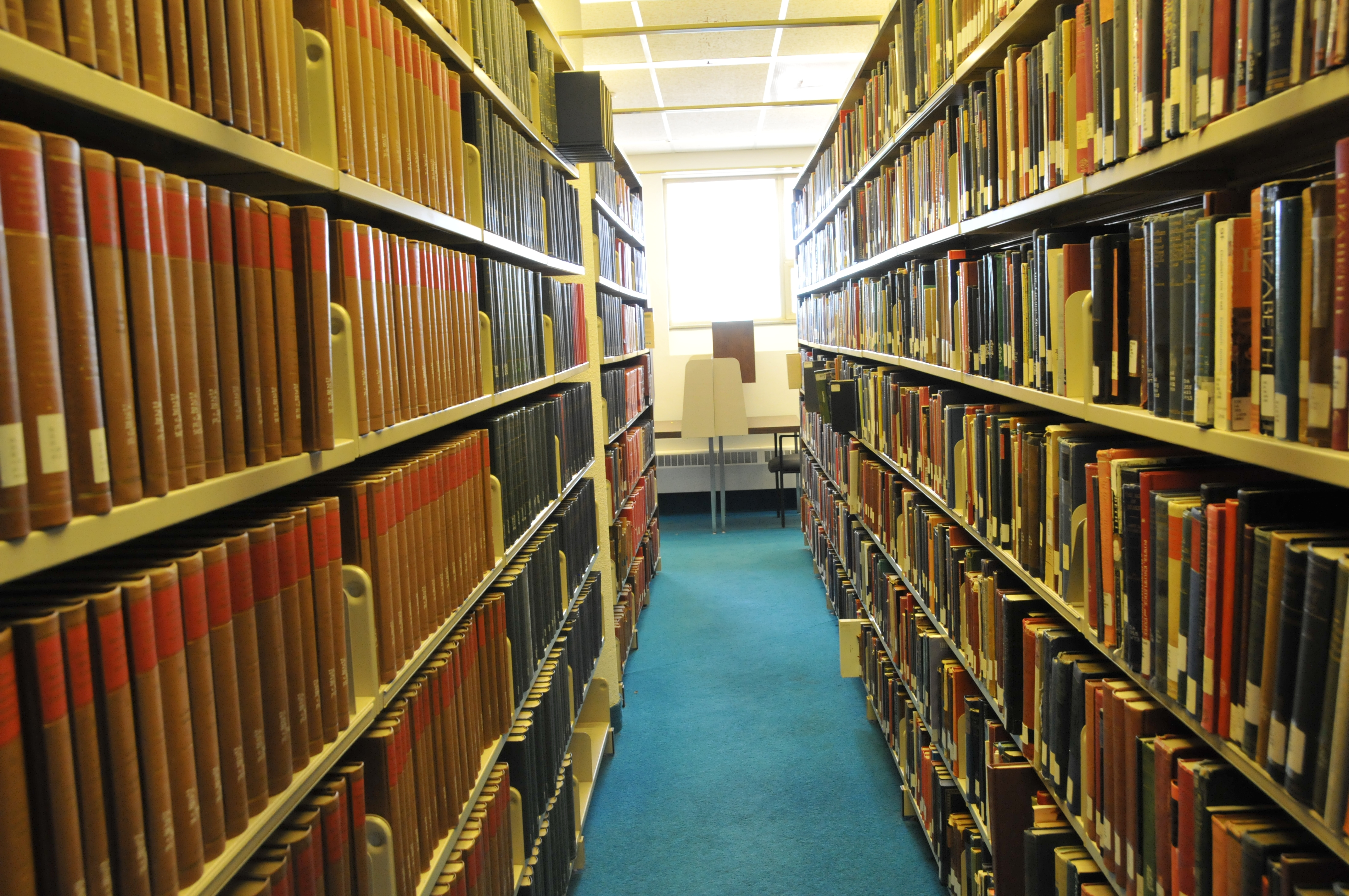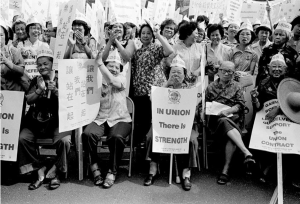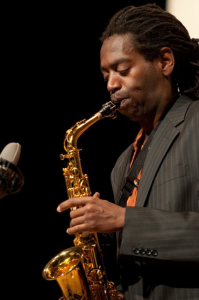Harvard Archives houses a treasure trove of historical artifacts that not only illuminate the prestigious history of Harvard University but also reflect critical moments in American culture. This remarkable collection includes poignant items like a handwritten note from John F. Kennedy to his classmates and a 1905 letter from the influential scholar W.E.B. Du Bois that outlines vital discussions on race relations. The ongoing “Archives Inside Out” exhibit showcases these archival collections, providing a unique lens through which visitors can explore the university’s legacy. As viewers engage with these historically significant pieces, they gain insights not only into Harvard’s institutional narrative but also into the broader exhibit history that has shaped the nation. The archives strive to demystify archival work, making the rich tapestry of Harvard’s past accessible to all, thereby celebrating the diverse contributions that have formed the university’s identity.
The Harvard University Archives serve as a vital resource for documenting and preserving the rich historical tapestry of both the institution and its influential figures. Within its walls, one can find a remarkable array of documents that narrate compelling stories, from presidential notes to critical correspondence on social issues. These archival collections not only reflect the university’s evolution but also provide context to significant events in history. Through exhibitions like “Archives Inside Out,” the archives invite the public to engage with the past, offering a glimpse into the lives and thoughts of prominent individuals such as John F. Kennedy and W.E.B. Du Bois. The goal is to reveal the often-overlooked narratives that contribute to the understanding of both Harvard and America as a whole.
Exploring the Treasures of Harvard Archives
Harvard University Archives is home to a treasure trove of historical documents that reflect both the legacy of the institution and the broader tapestry of American history. Exhibits like “Archives Inside Out” showcase some of the most poignant artifacts collected over the years, highlighting stories that often go untold. Items such as John F. Kennedy’s heartfelt note to his fellow alumni and W.E.B. Du Bois’s correspondence provide unique insights into the minds of historical figures and their times. The careful curation of these materials invites the public to engage with the university’s history in a meaningful way.
Through the pages of Harvard’s archival collections, one can trace the impact of key figures, like Du Bois and Kennedy, on societal issues such as civil rights and education. These documents serve not only as historical records but also as reflections of the evolving narrative of American society, making the work of archives essential for both preservation and education. As we delve into these collections, we uncover the rich stories that connect Harvard’s institutional history to pivotal moments in the nation’s past.
The Stories Behind Notable Artifacts
One standout artifact from the Harvard University Archives is the letter from John F. Kennedy to the Harvard College Class of 1940, which provides an intimate glimpse into the thoughts of a young senator before he became President. The light-hearted tone and the warm appeal to his classmates form a poignant bridge between past and present, encapsulating the spirit of camaraderie that existed among Harvard students. This item demonstrates the human side of historical narratives, making history relatable to the modern audience.
Similarly, the letter from W.E.B. Du Bois to his mentor reveals critical insights into the intellectual debates surrounding race relations in America during the early 20th century. As part of the archival collections, these primary sources empower researchers and students alike to explore themes of equity and justice, making them essential for understanding the history of social movements. The existence of such documents within the archives underscores Harvard’s role as a crucial repository of American history and thought.
The Intersection of Digital Archiving and Education
With the growth of digital media, Harvard University Archives has adapted its methods, preserving not only traditional documents but also online resources. The recent exhibit included a screen capture of The Harvard Crimson from March 2020, showcasing the university’s response to the COVID-19 pandemic. This innovative approach to archiving is vital as it documents the challenges faced by the Harvard community during unprecedented times, emphasizing the adaptive nature of archival practices in the digital age.
By employing digital tools to capture and catalog online content, Harvard archivists are pushing the boundaries of what constitutes an archival collection. This modernization not only helps to preserve current events for future study but also enhances accessibility for researchers and the general public. As more materials are digitized and made available online, the archives can provide a more comprehensive view of contemporary issues and historical reflections, bridging the gap between past and present.
The Role of Archivists in Preserving History
The work of archivists at Harvard goes beyond mere preservation; it involves curating collections that reflect diverse histories and experiences. This commitment to representing under-represented voices is evident in the numerous archival projects focused on equity, diversity, inclusion, and belonging. For instance, the letters from Ragan Henry offer a personal perspective on racial discrimination and friendship, illustrating the complexities of life as a marginalized student at Harvard in the 1950s. Such artifacts enrich the university’s collections, allowing for a more nuanced exploration of history.
Archival work also plays a significant educational role, as archivists strive to connect researchers with primary sources that can significantly enhance their understanding of specific topics. Through their expertise, they identify and highlight artifacts that not only tell compelling stories but also serve as vital tools for academic inquiry. The dedication of archivists ensures that the voices of diverse individuals are documented and preserved, solidifying their importance in crafting a fuller narrative of Harvard’s history and its relationship to critical social issues.
Connecting Archives to Contemporary Audiences
Exhibitions like “Archives Inside Out” are designed to bridge the gap between historical artifacts and contemporary audiences, making the history of Harvard accessible to everyone. The inclusion of personal stories interwoven with significant documents allows visitors to connect emotionally with the past. By curating items that resonate with modern experiences, the exhibit encourages reflection on how history informs our understanding of present challenges.
The goal is not only to showcase these treasures but to engage visitors in a dialogue about the relevance of archival materials today. Whether it’s Kennedy’s aspirations during a formative period in his life or letters addressing civil rights issues, the stories within these collections are designed to resonate with a modern audience, fostering a deeper appreciation for the rich history that Harvard and its community represent.
The Historical Significance of Harvard’s Collections
The archival collections at Harvard University are invaluable for scholars and history enthusiasts alike, as they capture the essence of both local and national narratives. From the pioneering work of women in science, as illustrated by photographs of ‘computers’ at the Harvard College Observatory, to poignant letters addressing defining moments in history, each item contributes to a broader understanding of Harvard’s impact on society. These collections serve as crucial case studies for examining the intersection of education, culture, and social issues throughout American history.
In this way, the artifacts housed within the Harvard University Archives are not mere objects; they are conduits for learning and discussion. The historical significance of each letter, photograph, or publication lies not only in its content but also in its ability to prompt critical conversations about heritage, identity, and progress. By continually engaging with these collections, Harvard upholds its commitment to preserving history while fostering a space for introspection and dialogue.
A Look into the Lives of Harvard’s Influential Figures
The stories captured in letters like those from John F. Kennedy and W.E.B. Du Bois provide invaluable insights into the lives of influential figures who shaped American history. These personal correspondences give voice to the aspirations, struggles, and ideologies of individuals whose work has had lasting effects on society. Through their writings, we glean not only the historical context but also the personal motivations that drove their actions and decisions.
Such intimate glimpses into the past allow us to understand the complexity of these individuals. For example, Kennedy’s correspondence reveals his connection to his classmates and how his Harvard experience informed his political ideology. Meanwhile, Du Bois’s reflections on race relations illustrate his enduring legacy as a champion for civil rights. By studying these letters within the Harvard University Archives, we are reminded of the enduring impact these figures have had on discussions of equality and justice in America.
Engaging with Harvard’s Cultural Heritage
The cultural heritage embedded within Harvard’s archival collections helps to preserve the university’s legacy while acknowledging the diverse narratives that have shaped its identity. By engaging with the stories of lesser-known figures alongside iconic personalities, the archives create a more holistic representation of Harvard’s history. The exhibit presents a microcosm of this heritage, spotlighting contributions that have historically been overlooked, fostering a sense of belonging among various communities.
In doing so, archivists not only celebrate the achievements of Harvard alumni but also address the complexities of university life—including the struggles faced by students from marginalized backgrounds. The collaborative efforts of archivists to highlight these stories encourage inclusivity and foster a deeper understanding of the university’s cultural landscape. This engagement with cultural heritage ensures that the voices of all individuals, past and present, continue to resonate within the fabric of Harvard’s history.
The Future of Archival Practices at Harvard
As technology evolves, so too do the methods employed by Harvard University Archives to preserve its collections. The integration of digital archiving practices allows for broader access and innovative ways of presenting historical documents. This future-oriented approach underscores a commitment to making archival materials available to a global audience, bridging the gap between historical preservation and digital engagement.
Additionally, the ongoing commitment to diversity and representation within the archival collections cultivates an inclusive environment that honors all facets of Harvard’s history. By continuing to update and expand their collections, Harvard archivists ensure that the stories of all scholars—regardless of background—are preserved and celebrated for generations to come. This vision not only enhances the richness of the archives but also cements the role of archives in advancing understanding and fostering dialogue around pressing contemporary issues.
Frequently Asked Questions
What can I find in the Harvard Archives related to John F. Kennedy?
The Harvard Archives houses a handwritten note from John F. Kennedy to members of the Harvard College Class of 1940, offering a personal glimpse into the former president’s life and thoughts. This piece highlights Kennedy’s connection to Harvard University and is part of the ‘Archives Inside Out’ exhibit.
How does W.E.B. Du Bois’s correspondence in the Harvard Archives contribute to understanding race relations in America?
The Harvard Archives features a compelling letter from W.E.B. Du Bois to his mentor, Albert Bushnell Hart. This correspondence, dating back to 1905, provides insight into early discussions on race relations in America and represents the rich archival collections documenting influential figures in American history.
What is the significance of archival collections at Harvard University?
Harvard University’s archival collections contain unique historical documents, including letters and photographs that tell the institution’s story and America’s history. The ‘Archives Inside Out’ exhibit showcases items that highlight the diverse narratives captured within the Harvard Archives, making them accessible to the public.
How does the Harvard Archives address the topic of women’s contributions to science?
The Harvard Archives includes a photograph of women computers at the Harvard College Observatory from circa 1900. This image not only showcases their critical role in astronomical research but also signifies the often invisible labor that women contribute in scientific fields, serving as an important narrative within Harvard’s archival collections.
What types of items are included in the Harvard University Archives ‘Inside Out’ exhibit?
The ‘Inside Out’ exhibit at Harvard University Archives features a variety of items, including letters from John F. Kennedy and W.E.B. Du Bois, photographs, and digital collections that capture moments from Harvard’s history and broader American society, thus providing a multifaceted view of the University’s archival resources.
How does the Harvard University Archives preserve its collections?
The Harvard University Archives employs a meticulous process of digitization and preservation to ensure that its collections, including personal letters and documents related to diverse communities, remain accessible to researchers and the public. Initiatives like the Equity, Diversity, Inclusion, and Belonging Digitization Program focus on representing marginalized voices in the archival record.
Where can I view the exhibit of favorite finds from Harvard archivists?
The ‘Archives Inside Out’ exhibit is currently on display at the Lammot du Pont Copeland Gallery at Pusey Library, Harvard University, where visitors can explore selected items from the archives that highlight significant moments and figures in Harvard’s history and American culture.
What role do Harvard archivists play in the curation of the archives?
Harvard archivists actively participate in curating the University Archives by selecting significant items for public exhibits, collaborating to bring visibility to their collections, and ensuring that the stories behind these items are shared with a wider audience.
How can I access digitized materials from the Harvard University Archives?
Digitized materials from the Harvard University Archives can be accessed online through their official website. This includes digitized collections such as letters, photographs, and other documents, making them available for research and public interest.
Why is the Harvard Archives important for historical research?
The Harvard Archives serve as a crucial resource for historical research, offering access to primary sources that document significant events, individuals, and social movements in both Harvard’s history and American society, thus providing invaluable insights for scholars and researchers alike.
| Item | Description | Archivist |
|---|---|---|
| Handwritten note from John F. Kennedy | A draft letter to Harvard College classmates expressing a light-hearted view of JFK. | Pam Hopkins, Head of University Archives Reference Services |
| Photograph of women computers at Harvard Observatory | Shows women cataloguing stars, highlighting their historical contributions as ‘computers’. | Alison Macdonald, Records Manager/Archivist for Operations |
| Letter from W.E.B. Du Bois to Albert Bushnell Hart | Discusses race relations, reveals diverse reactions to Hart’s ideas. | Erin Clauss, Lead Processing Archivist |
| Perpetual calendar by Thomas Hill | A scientific instrument showcasing Hill’s dual roles as president and inventor. | Dominic P. Grandinetti, Processing Archivist |
| Screen capture of The Harvard Crimson, March 2020 | Documents Harvard’s response to the COVID-19 pandemic in real time. | Sean Crawford, Collection Development Coordinator |
| Sketches from the Harvard Lampoon, 1882 | Highlights the importance of student publications in Harvard’s history. | Alexandra Dunn, Collection Development Archivist |
| Letter from Seamus Heaney to Helen Vendler, Oct. 30, 2006 | A personal letter that conveys Heaney’s humor and friendship with Vendler. | Heidi Horner, Collection Development Assistant |
| Letter from Ragan Henry to Joseph Levow Steinberg, June 25, 1953 | Reflects personal experiences of discrimination and connection among friends. | Jehan Sinclair, Processing and Digitization Archivist |
| Typescript of ‘We Also Have a Voice’, circa 1942 | Documents harvard students’ opposition to military service during WWII. | Ed Copenhagen, Reference Archivist |
Summary
Harvard Archives play a crucial role in preserving the rich, multifaceted history of both the university and the broader American narrative. The ‘Archives Inside Out’ exhibit showcases significant artifacts curated by dedicated archivists who unearthed pivotal documents, letters, and photographs. Each item not only narrates personal stories but also reflects broader social contexts and historical movements. By highlighting the invaluable contributions of Harvard’s archivists, this exhibit makes the archival process more accessible, ensuring that these vital pieces of history are celebrated and understood by the public.




